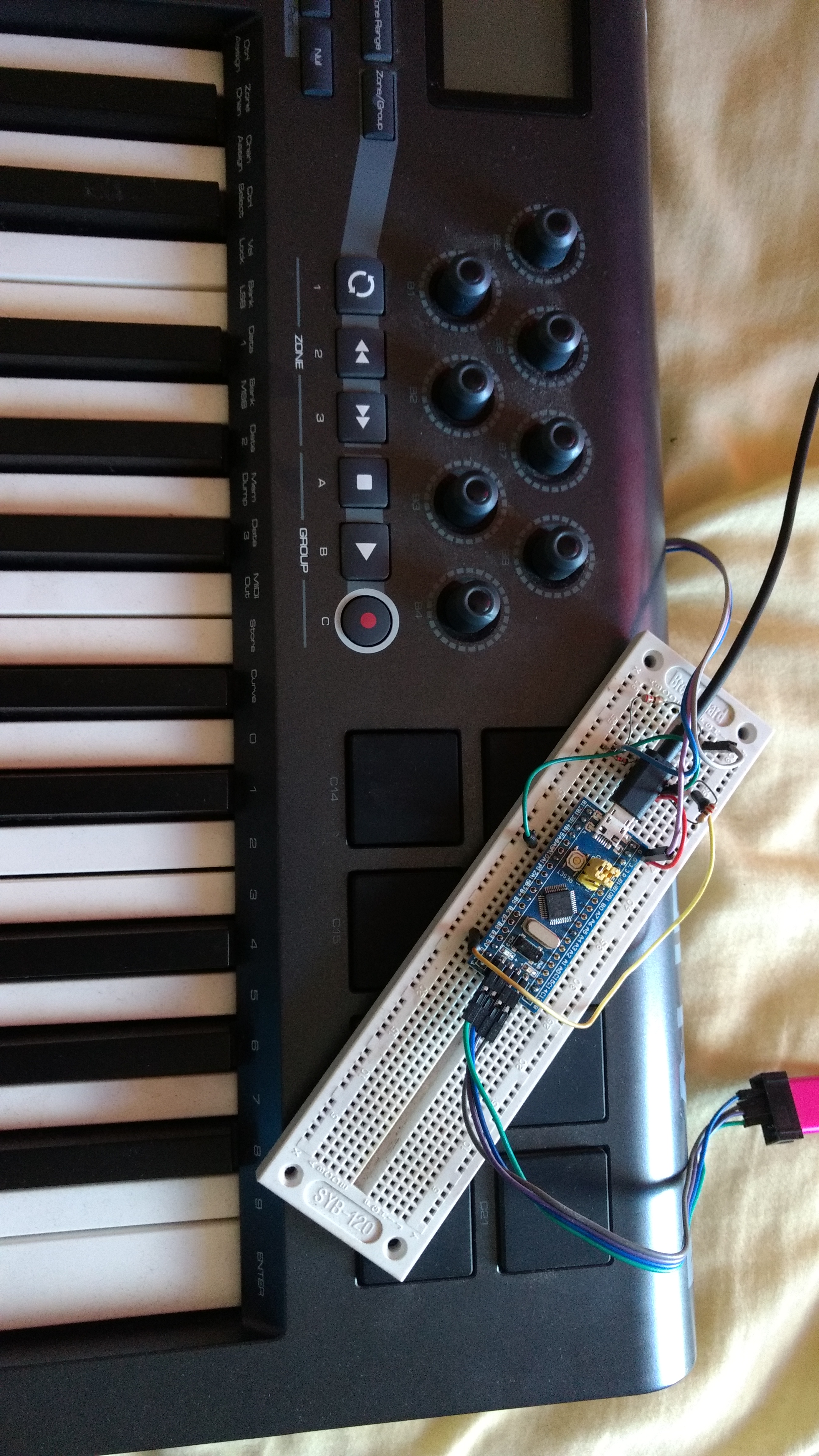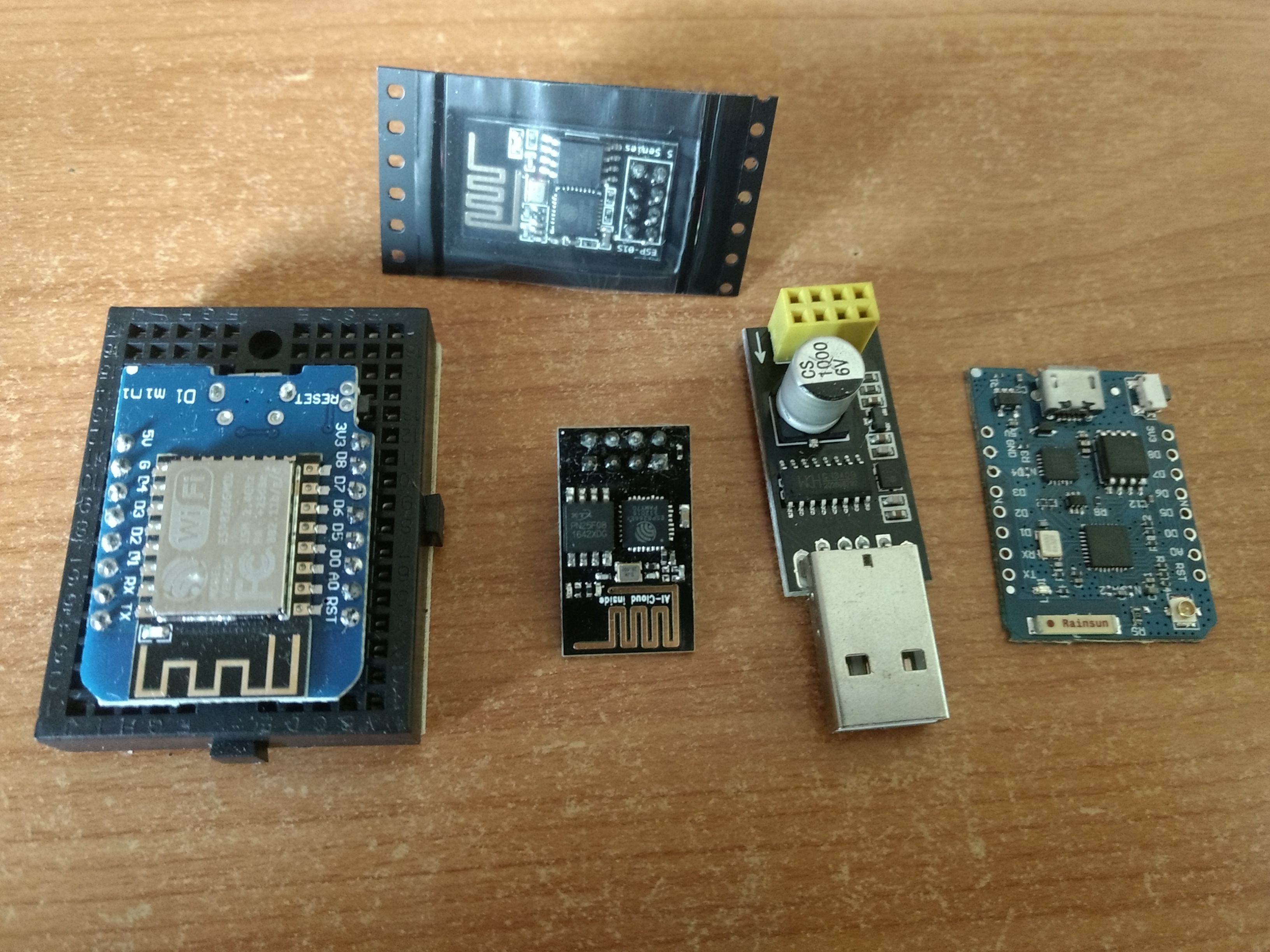I recently took up playing animal crossing to relax, and surprisingly it worked, normally games are not a healthy distraction from my studies, but this game genuinely does relax me, or it did. One of the major issues and great stresses of animal crossing is the lack of a “craft multiple items” feature when crafting items. Everything gets crafted 1 at a time, with an individual long animation between each instance, fortunately there is a “craft again” dialogue that pops up afterwards so you just have to mash the “A” button, but its annoying and time consuming, though if you seriously mash the “A” button repeatedly the animation speed doubles which is good.
Anyway, you might see this feature pop up in memes, people really wanted it added, it is good for making money (every day a random craftable item like furniture) becomes very valuable to sell, its quite useful early on in the game for making some capital, and later in the game making fish bait is still annoying to make to the extent many people dont even bother anymore. There are other games that run into similar problems, and im sure some people could find creative applications if they could run macros or repeaters, which has brought on my newest project.
Continue reading Custom Nintendo Switch-duino controller

